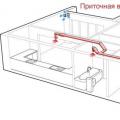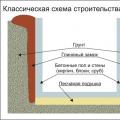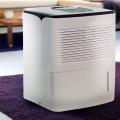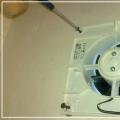Dampness in the cellar is a common phenomenon that all residents of the private sector struggle with from season to season. Excess moisture may appear in the form of condensation on the walls and ceiling due to insufficient measures for waterproofing the room, water may form on the basement floor due to the proximity of groundwater or due to spring floods. The products themselves can also become a source of unwanted moisture if they are not collected on time or not dried enough. By itself, water is not dangerous, but it leads to the destruction of the building and all its details, in addition, it contributes to the appearance of aggressive mold, fungus and various insects.
This article will be devoted to how to dry the cellar, because it is simply necessary to deal with excess moisture in the basement, otherwise it will not work to save food.
Basement pre-drying rules
It is necessary to dry the cellars and cellars in the summer, when the weather is warm and dry. It is recommended to start this procedure as early as possible, preferably immediately after the rainy season. Cellar drying activities can last from a week to a month and a half - depending on how wet all the walls and floor are.
You need to start drying the cellar with natural measures, and if they are insufficient, you will have to move on to the second stage - forced drying.
Here's how you can dry your basement naturally:
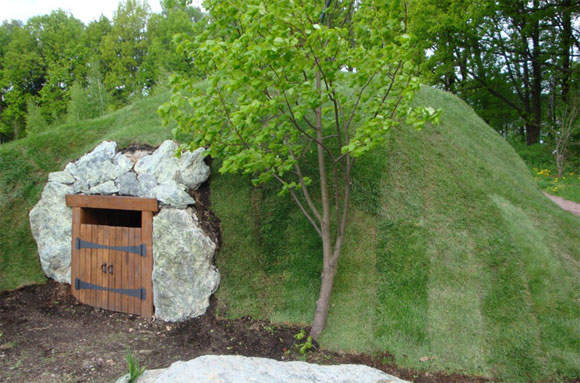
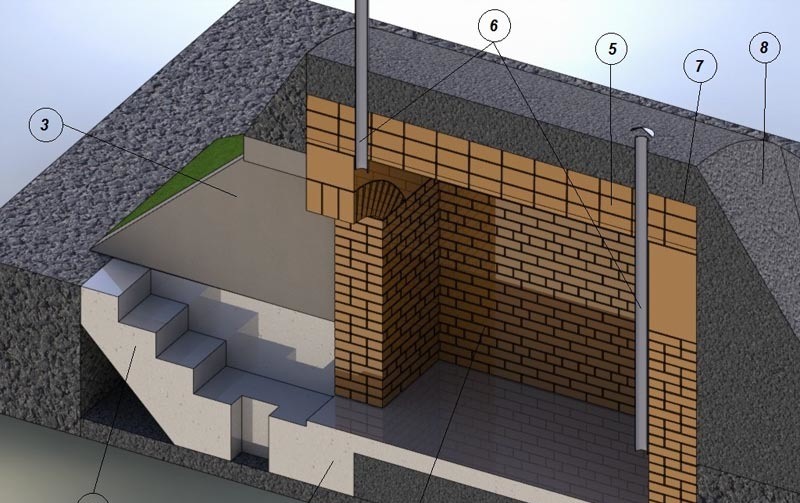
Attention! If earthen floors are used in the cellar, it is recommended to change their top layer annually. To do this, the soil infected with mold and fungus is cut off and taken out into the street. Instead of this layer, a layer of dry coarse-grained sand is poured onto the basement floor.
How to dry a cellar without ventilation
Drying the cellar with a candle
This method is very ancient, it was used hundreds of years ago. In order for drying by this method to be possible, the basement must be equipped with an exhaust pipe, which is usually located under the ceiling of the room.
The candle is placed in a tin can and installed directly near the ventilation of the cellar. Be sure to extend the main pipe by installing a metal corrugation or a tin pipe on it.
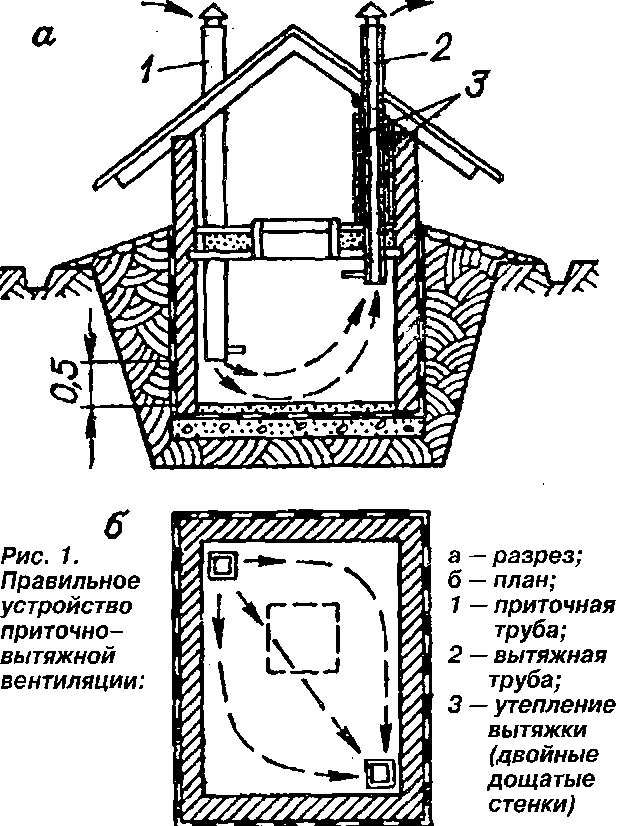
A small candle warms up the air at the pipe inlet, because of this it begins to circulate faster in the basement, the draft increases. As a result, the air temperature in the cellar does not rise, but natural ventilation increases - the walls and floor dry out much faster.
Cellar doors or hatch must be open when using this method!
Important! Instead of a regular candle, you can use dry fuel tablets. This substance, when burned, releases disinfectant gases, which will not be superfluous in the fight against mold and germs in the basement. To dry the cellar, you will need to burn 10-15 tablets.
Drying the cellar with electrical appliances
This method is quite expensive, since a lot of electricity is spent during the drying of the cellar. Two types of heaters can be used in the basement:
- Closed heaters, such as oil, infrared, convector. The appliance is placed in the center of the cellar and evenly heats the air in the room. It will take at least ten hours to completely dry the basement, sometimes the heaters in the basement must work for several days.
- The electric gun is designed to drain the premises after flooding, so it is perfect for seasonal drying of basements. This device is very powerful, the heat gun is able to dry the cellar in just a few hours, so the whole process will be cheaper than in the case of a household heater.
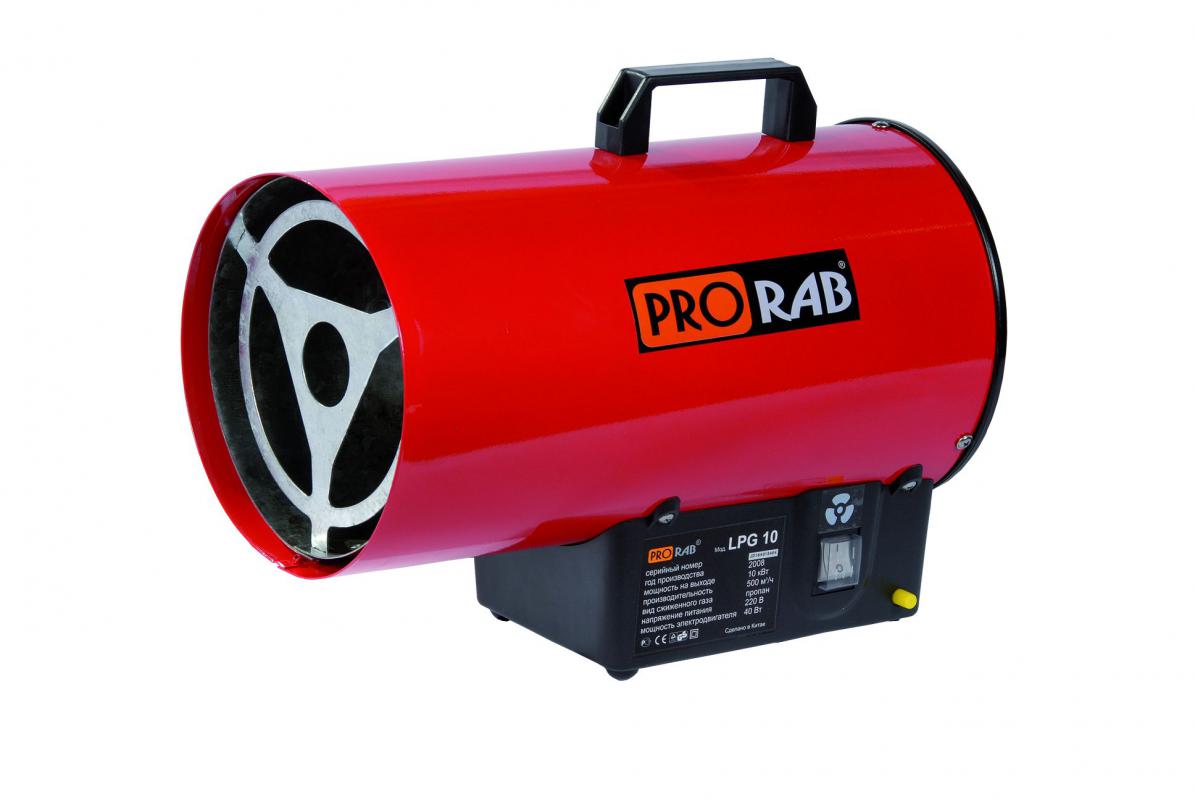
Attention! If the basement has dirt floors, you need to lay a rigid base for the electric heater on them.
Drying the cellar with a fan
Cellars are usually dried by opening the doors on warm and dry summer days. You can speed up the natural process by installing a fan in the middle of the stairs. A prerequisite for this method is the presence of an exhaust pipe in the basement, because the fan only accelerates the air, accelerating circulation.
Depending on the size of the cellar, it may take three to five days to completely dry with a fan.

Advice! Fan blades inserted directly into the basement ventilation pipe are very effective.
Using a potbelly stove in the basement
A potbelly stove is very effective in drying cellars. However, such a furnace is not found in every private household. Those who have a potbelly stove can dry their cellar very cheaply and quickly.
The potbelly stove is placed inside the basement so that its pipe fits the exhaust vent of the ventilation system. They heat the stove with wood or coal - it does not matter, the main thing is that the heat in the basement is sufficient.
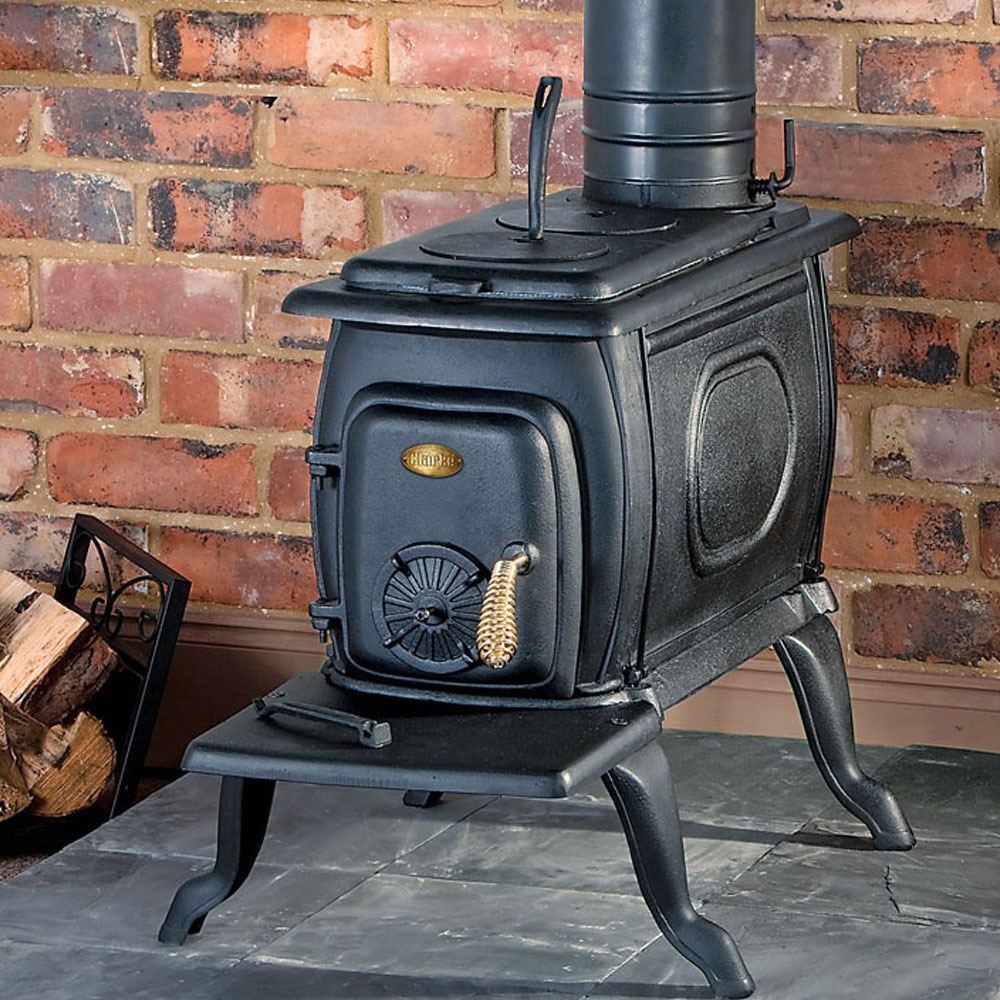
Hot smoke coming out of the potbelly stove chimney accelerates air circulation in the basement ventilation duct. Additionally, the heated walls of the furnace warm up the room, drying out mold and fungus, eliminating condensation and excess moisture from the basement.
The stove method is considered a fire hazard, so there should be no wooden objects or other flammable materials inside the basement at the time of drying. You can not use a potbelly stove in those cellars where the ventilation is made of plastic - the pipe will simply melt from the heat of the furnace.
What to do with the cellar after drying
At the end of the ventilation, dried shelves are installed, boxes and bins are brought into the basement, boxes and boxes for vegetables or fruits are placed inside the cellar.
In general, excess moisture in the basement should alert the owner: if condensation appears, the walls or floor get wet, it means that something was done wrong at the stage of building the cellar.
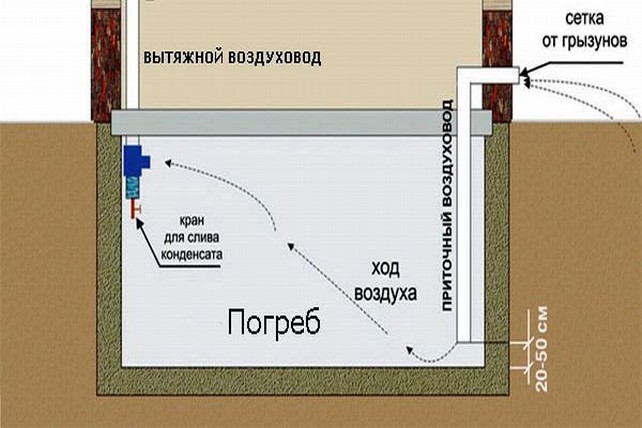
There are several ways to improve the waterproofing of an underground storage:
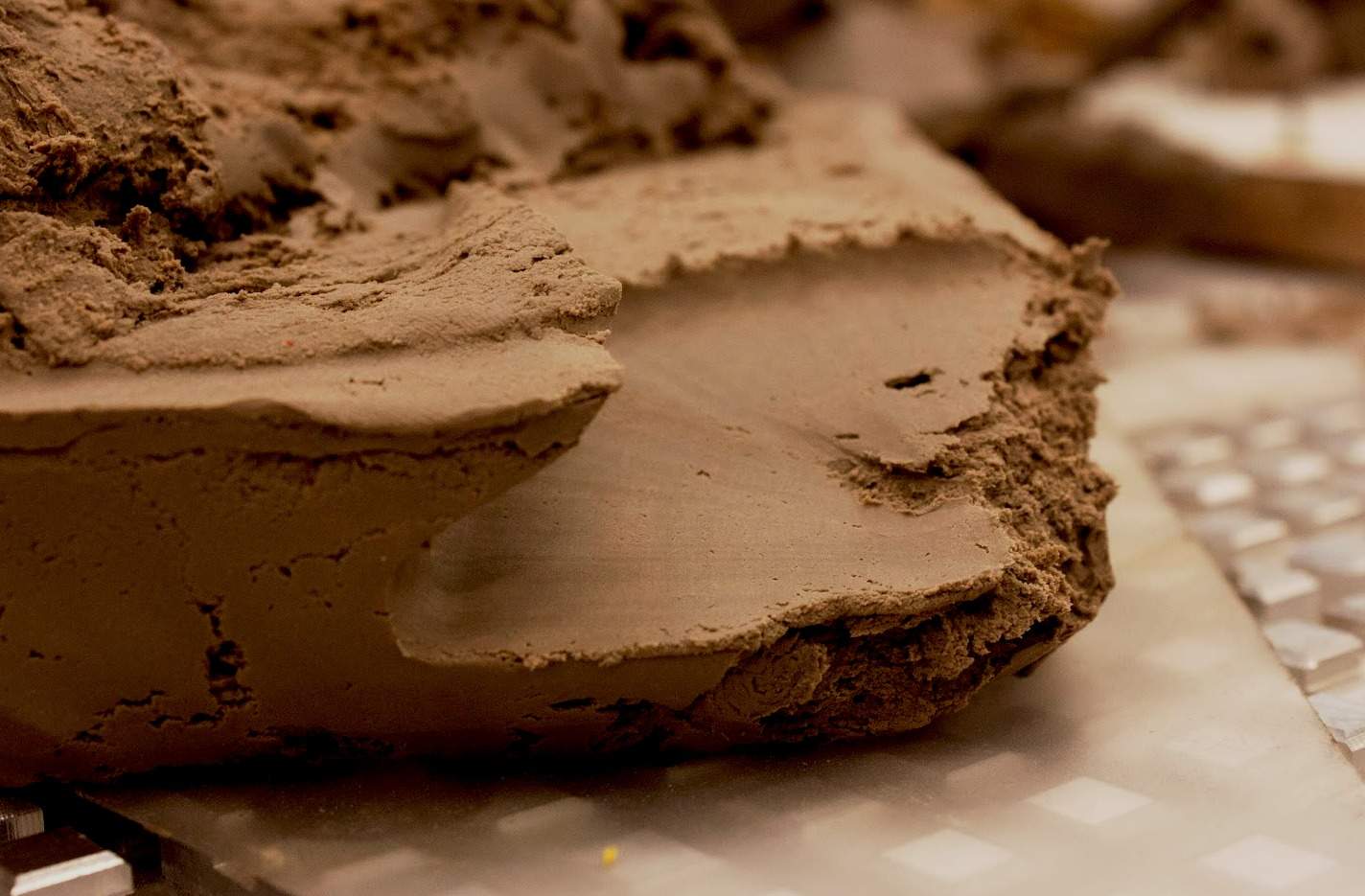
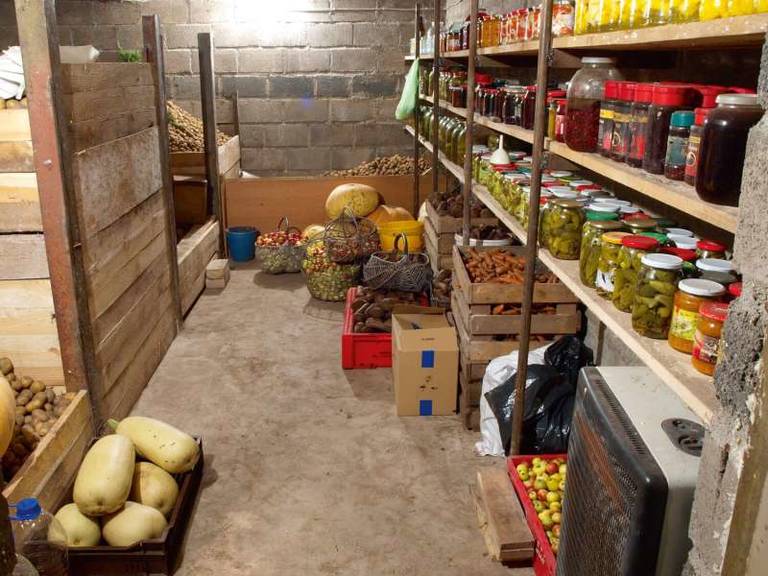
In a dry basement, mold does not spread, fungus does not settle here, there are no bacteria and harmful insects, so the products are perfectly stored, remaining tasty and healthy until the next season.
There are several methods for drying the basement, each owner can choose the one that is more convenient and expedient for him.
In most cases, the appearance of dampness in the basement of the garage is caused by mistakes made even at the stage of construction. And the most interesting: it is almost impossible to take into account all the nuances and foresee every possibility of moisture getting into the cellar. And it’s good if there is no groundwater around, and none of the neighbors is equipping a storm sewer in the immediate vicinity. But a huge number of owners of garages with a basement in the spring and autumn still have to face a significant problem - how to dry the cellar. In this article, we will not only look at the main ways to dry out a room, but also provide some tips for proper basement waterproofing.
The prevention of dampness in the cellar should be considered at the planning stage of construction. When building a basement, in no case should porous materials such as expanded clay or foam blocks be used. It is also not recommended to use any type of brick, since in practice it is very problematic to ensure proper water resistance of this material. The best option is concrete, not only for the bottom of the cellar, but for all walls.
Tip: the external drainage system is best done at the same time as the garage basement is being built.
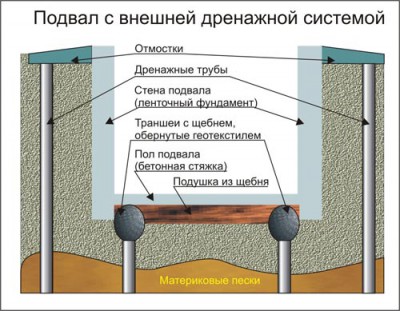
After washing and drying, chests, boxes, shelves and other parts taken out into the air can be covered with a layer of whitewash with the addition of a solution of copper sulfate (about 100 g per bucket of finished lime).
- It would be useful to fumigate the room with sulfur - it leads to the death of microorganisms, insects, and prevents the invasion of rodents. For this, special smoke bombs are used, which can be purchased at agricultural equipment stores. It is clear that when carrying out such fumigation, all precautions must be strictly observed, since the smoke from these checkers is very harmful to the human respiratory system.
- After the initial ventilation, it is necessary to clean the walls and floor of the cellar from plaque and debris. All surfaces should be treated with a "strong" solution of potassium permanganate. If there is an earthen floor in the cellar, then it makes sense to cut off the top layer of soil, as it is often affected by putrefactive bacteria or mold. Instead, you can make a backfill with clean, dry sand.
If the measures taken are not enough, and the humidity in the cellar remains high, then you can proceed to the final drying of the room, which can be carried out in several ways.
Methods for forced drying of the cellar
Using the brazier
For a long time, the method of drying the cellar with the help of a brazier, which can be made independently from an old metal bucket or other container, has been used.
Fire can be built right in it, having previously made several holes in its lower part to create traction. You can install a cast-iron or home-made, from a metal rod, a grate, and cut the bottom completely. Be sure to provide legs, approximately 100 ÷ 150 mm high. In addition, a hook with a cable or wire is being prepared, on which the brazier will be lowered into the cellar.
The location of the future installation of this brazier must be free of any flammable materials. If the floor in the cellar is wooden non-removable, then it is forbidden to use this method.
Charcoal or firewood can be loaded into the prepared brazier, fire is kindled with the help of splinters or liquid for fireplaces. Then, the brazier is lowered down on a cable. It remains to monitor the combustion and the need to add fuel. Due to the blowing from below, a strong draft will be created in the brazier. The fire must burn continuously, for 10 ÷ 12 hours.
Hot air will quickly fill the room, warming it up and weathering unpleasant musty odors, as well as disinfecting surfaces with smoke. In a well-dried and smoke-smelling room, colonies of microorganisms or harmful insects should not develop.
It is best to install the brazier, if possible, in the middle of the cellar, then the smoke will evenly cover the entire room and go into the ventilation pipe. For this drying method, it would be optimal to use dry birch or linden poles, since this wood has disinfectant properties and removes unpleasant odors well.
Going down into the cellar during such fumigation is strictly prohibited - it is deadly. All actions with the brazier are performed only on the street, after raising it to the surface on cable.
Drying the cellar with a candle
Another, quite popular way is to dry the cellar with an ordinary candle. It is installed in an iron can and placed near the exhaust ventilation pipe, and the front door or hatch is kept open for drying.
It is advisable to place the candle as close to the floor surface as possible. At the same time, the exhaust pipe is increased with an additional tin link.
It would seem that a very small candle flame creates intense traction, so the air circulation inside the room is accelerated. The faster the accumulated stale air in the cellar comes out, the faster fresh warm air from the street will get there. In this case, the drying of the entire room is not due to its heating, but precisely due to the rapid replacement of air, that is, intensive ventilation.
The candle, if desired, can be replaced with an alcohol burner.
A similar ventilation process can last several days, depending on the humidity of the cellar. A burnt-out candle is replaced as many times as necessary until all surfaces of the cellar are dry.
Use of dry alcohol
This method practically does not differ in its technology from the one described above - instead of a candle, dry sleep tablets are used. However, it also has its own advantage.
Use of electrical appliances
Drying the cellar with the help of various electric heaters can be attributed to the fourth method. For this, a closed type heater can be used, for example, oil, infrared or convector. It is installed in the middle of the cellar with the expectation that thermal radiation will spread evenly over the entire area of \u200b\u200bthe room.
Naturally, if there is an earthen floor in the cellar, then a rigid base must be prepared for the heater.
If the decision is made to dry with an electric heater, you need to be patient, as this process can be delayed. You also need to remember that heaters, as a rule, always have a high power consumption, and this event will cost a lot. Therefore, if it is possible to use another method of drying, it is better to refuse such a method.
Separately, it is worth mentioning the heat generator (it is often called a heat gun), which is very often used to dry various rooms. Moreover, it is used not only for drying rooms with high humidity, but also for rooms that were in flooded houses. Thanks to the power of thermal radiation and the fan built into such a gun, the drying of the cellar is quite fast. Although such a heater also consumes a lot of electricity, the drying process can be even cheaper, weeks using conventional heaters, due to the fact that the procedure takes much less time.
Application of forced ventilation
Some owners of private houses with cellars do not much puzzle over the question of how to dry their pantry. They open the front door leading to the basement several times during the summer period and install a fan in the middle of the opening or on the stairs, which will increase the movement of air. In this case, the drying of the surfaces will take place not under the influence of heat, but by weathering excess moisture.
This drying method is best suited for cellars where an exhaust vent is installed and the process will take from three to five days, depending on the volume of the room.
Folk craftsmen invent and own designs with large and small fans, for example, temporarily or even permanently embedding them in the exhaust ventilation pipe. An example of such a design can be found by watching the attached video:
Video: homemade duct fan for drying the cellar
Using a portable stove
Many people are accustomed to drying their pantries using small wood-fired stoves. The pipe from the furnace is brought to the exhaust opening and the front door or hatch opens. To achieve the desired success, this event is carried out for 3-4 days. The generated draft promotes good air circulation. In addition, direct thermal radiation from the walls of the potbelly stove also plays a role.
This method of drying is quite flammable. In addition, it cannot be used if the exhaust ventilation duct is made of plastic pipe, which simply starts to melt from the high temperature of the exhaust smoke. You can, of course, use a flexible fireproof sleeve or a prefabricated metal structure to organize a temporary chimney, but this looks too complicated and costly.
Processing the cellar after drying
After drying, before bringing in and installing all processed wooden structures, you should carefully check the condition of the floor and walls. Perhaps the reason for the increased humidity lies in the fact that they did not receive sufficient waterproofing, and ground moisture freely penetrates into the cellar. If so, then appropriate action should be taken.
If concrete surfaces were dried, then it is recommended to treat them with waterproofing compounds, which in the future will not allow excessive moisture to reappear in the cellar.
- Today, a lot of materials are produced for waterproofing, but for concrete surfaces, an impregnating option is perfect, which is able to penetrate deep into the structure of concrete.
The impregnation is applied in several layers, each of which must penetrate to a certain depth and dry well. The composition closes all microscopic pores of concrete and crystallizes inside. It creates a reliable barrier to moisture, and at the same time leaves the material to "breathe".
With impregnating waterproofing compositions, you need to work very carefully, wearing a protective suit, gloves and a mask that covers the respiratory organs, otherwise you can get skin and mucous membrane burns. After absorption and polymerization, such a composition poses absolutely no danger to human health or to the safety of products.
- Another option that is suitable for cellar waterproofing is the familiar roofing material. But this material can also be laid only on a concrete surface, which is pre-coated with mastic. Then the mastic is heated with a burner, roofing material is glued onto it and pressed well against the surface. Individual canvases are laid overlapping each other and form a solid surface, which also protects well from the appearance of moisture from the ground.
If it is not possible to use modern technologies for arranging the cellar, or preference is given exclusively to natural materials, then you need to secure at least the floor of the room. To do this, you need a natural material available to everyone - clay. This method of waterproofing the floor is called stuffing, and for it it is necessary to choose clay with the highest possible percentage of fat content. In addition, you will need stones or broken bricks, which will become a reinforcing link in creating a clay coating.
- The stones are poured over the entire surface of the floor, and a solution of rubbed clay and a small amount of sand is laid out on top of them, 120 ÷ 150 mm thick. The consistency of the solution should be thick enough.
- The clay is spread over the surface and then compacted between the stones with a rammer, adding mortar until it completely covers the stone mound.
- After the floor becomes even and dense due to stones and tamping, coarse-grained sand is poured onto the still wet surface with a layer of 50 ÷ 70 cm. From the maximum possible it is compacted into a clay surface until it becomes dense. The remains of sand that could not be driven into clay are swept away from the surface. If you want perfectly smooth surface
Clay floor grout
- This is followed by a long drying of the clay floor with an open hatch or door to the cellar. This process can take from 15 to 40 days, so it is best to start work on it in early or mid-summer so that the surface is fully ready for use by autumn.
Cellar walls can also be plastered with clay. But first it is necessary to make a wire mesh on the walls, which is fixed to earthen surfaces with the help of wire brackets.
Then, a thick solution of clay is poured onto the reinforced base and left to dry. It is not necessary to level this layer. Next, the following clay layer, which usually leveled by hand, in a circular motion, or in the same way as the floor - with a wooden grout.
In addition to these types of waterproofing, there are others, for example, liquid rubber or glass. You can choose any of them, which seems more affordable, but waterproofing is a must. It will help protect the room from the penetration of ground dampness, and hence from the occurrence of fungal colonies and mold spots, the presence of which negatively affects the safety of vegetables and fruits.
After the drying and waterproofing work is fully completed, you can bring in and install all the items of the “interior” of the cellar. After competently and fully implemented preventive measures, the degree of safety of products placed for the winter will be much higher.
Video: how to beat dampness in the cellar - theory and practice
The cellar always maintains a low temperature, which ensures the safety of products. However, low temperatures and insufficient air supply lead to dampness and, consequently, to mold. In addition, in the spring there is a risk of flooding the cellar with melt water. And even if you forcibly pump out all the liquid, the room will still remain damp. Therefore, the owners face the question: how to dry the cellar? Consider all the main methods and determine how effective they are.
How to dry the cellar outside
So, we have a cellar on the street, for example, in the country. How is this building different from the underground for in the house? As a rule, such a cellar is a single structure or a pit connected to non-residential premises. This means that here it is possible to carry out drying and disinfection with the help of fire and smoke.
How to dry a cellar with a brazier? First, racks and shelves are taken out of the storage - they can be dried in the sun and treated with a solution of copper sulfate, which will prevent the development of mold. We kindle the brazier (it is easy to make it from a bucket) and lower it on a hook into the pit. The heat will help dry, and the smoke will disinfect the room.
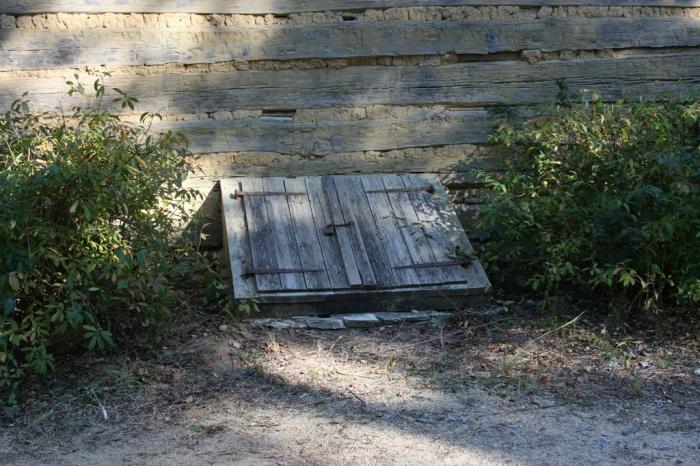
You can also dry the storage by creating additional traction. To do this, we build up the supply ventilation pipe with the help of cans almost to the floor and put a candle near it.
Both methods are slow and may take several days to drain.
How to dry the cellar in the house
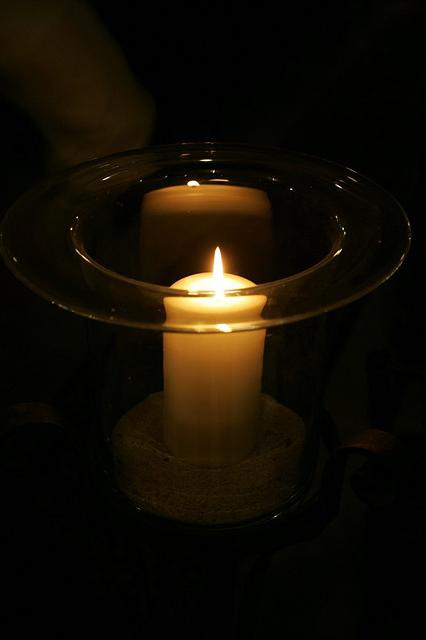
The easiest way to dry out your home's vegetable storage is with a conventional space heater. You need to take an extension cord, lower it into the cellar and connect any closed-type heater (without an open spiral). The type of device is chosen for safety reasons, since a person cannot be in the cellar all the time. It is also necessary that the heater has a fuse that will turn off the device in case of overheating. Drying time will depend on the power of the device and on the area of \u200b\u200bthe room, but, as a rule, this happens quite quickly.
How to dry the cellar with a heat gun? This method is rarely used in private homes, but it is with such devices that they get rid of dampness in industrial premises. Heat guns are highly efficient fan heaters. They are used both for heating large rooms, and for drying. The disadvantage of this method is that you will have to buy special equipment, and, most likely, this explains the rare use of the method when drying private cellars. However, recently it has become possible to rent heat guns, or, as an option, order the dehumidification of the premises in a specialized company.
So, now you know how to dry the cellar. However, it must be remembered that it is best to foresee the possibility of this problem even at the construction stage. An analysis of the groundwater level at the selected location and the installation of supply and exhaust ventilation will reduce the appearance of dampness and mold during the operation of the cellar.
Garage owners sometimes face the problem of high humidity in the cellar arranged there. This affects the properties of the metal and the storage conditions of the products. Sometimes these situations occur at certain times of the year. But it also happens that the appearance of water is associated with omissions during construction work. Regardless of the reason for the appearance of condensate, the question arises - how to dry the cellar, removing condensate and dampness.
Prevention methods
In order not to encounter the occurrence of moisture in the cellar, it is worth considering the following conditions when designing a room:
- When choosing a wall material, preference should be given to hydrophobic materials characterized by poor water conduction properties. Such materials include concrete grade M 400 and higher. And you can also use additives in plain concrete, which increase water-repellent qualities.
- The use of external waterproofing prevents the penetration of groundwater from the outside.
- Installing a blind area around the garage will lead to the removal of water resulting from rain or snow melt.
- Ventilation pipes should be placed in the cellar. The air inlet channel should be almost at floor height (more than 10 cm). The exhaust pipe is located under the ceiling surface (10 cm lower). Equipping pipes outside with an umbrella will protect against rainfall inside the cellar. To create a large traction force, the air ducts should be made in a straight shape. If it is not possible to install pipes in a straight position, the side outlet is located at an angle of at least 60 ° with respect to the horizon. The slope should have a length of no more than 100 cm.
- The presence of a vapor barrier between the basement and the room above will prevent moisture from entering.
- In the presence of an earthen floor, the ingress of moisture into the cellar increases. When tamping and covering the floor with plastic wrap, the humidity indicators decrease. Installing a concrete floor with waterproofing will protect against condensation.
- The presence of waterproofing and vapor barrier walls will reduce the hygroscopicity of the material. External insulation is carried out by coating the outer sides with mastic. For internal insulation, cement-based compositions are used.
Drying a ventilated basement
Before draining the basement, preparation should be made. To do this, you need lime and copper sulfate. After removing all shelves and drawers, you need to check for the presence of mold deposits. If they are, then wooden surfaces are treated with copper sulfate dissolved in water. The concentration of the solution is 5-10%.
The area inside the cellar is whitewashed with lime. A thick mixture of lime composition is taken with an admixture of copper sulfate (5-10%). Corners should be well lubricated. Sprinkle the surfaces in the room with a thick solution of whitewash. After the lime has dried, apply another layer again. When the walls are dry, you can dry.
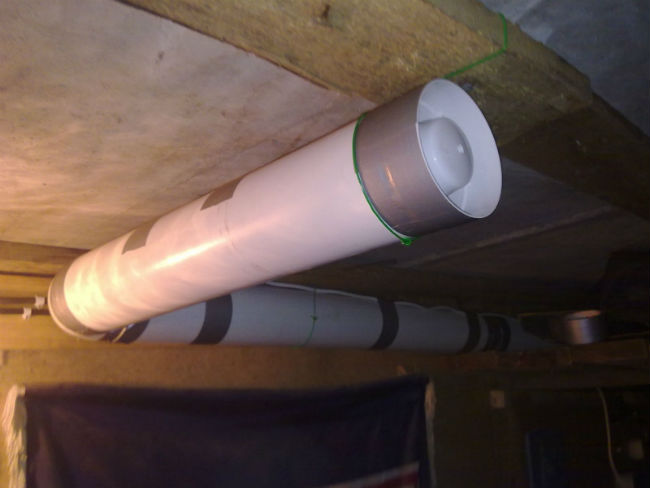
How to dry the cellar in the garage, if at first there was no condensation, and then it appeared. The cause may be clogged air ducts. When cleaning pipes, moisture disappears. But it happens that moisture remains. Then, it is necessary to carry out the process of activating the movement of air masses in the following ways:
- Install a high power fan on the draft pipe. Open existing hatches and windows. The drying period lasts 3-10 days.
- Apply heat with a candle. To do this, the duct for the outflow in the cellar is extended and a burning candle is placed under it. It is possible to use dry alcohol. Under the influence of heat, the pipe dries out and good traction appears.
- Heating the room by means of a "brazier". A bucket with holes or another metal tank can serve as it. Smoldering coals, coke, coal are placed in the container. Then the bucket is placed in the cellar, the door and windows are closed. Sometimes doors should be opened slightly to let in fresh air. After the coals are extinguished, they must be re-ignited. After burning all the coals, the bucket is removed. The usual one such bucket is enough to dry the cellar.
In hot weather, there are situations where an increase in air movement leads to an increase in condensate. This is due to the temperature difference between inside and outside the room. In this case, ventilation is not carried out. On the contrary, it is necessary to close all hatches and windows. After lowering the air temperature to + 10 °, perform ventilation actions using one of the methods.
You can dry the cellar in winter using other heaters:
- Heat gun for 3-5 kW;
- Kirogaz;
- Potbelly stoves;
- Propane burners.
When using such methods, one more person is needed for safety net.
The process of drying the cellar in the absence of ventilation
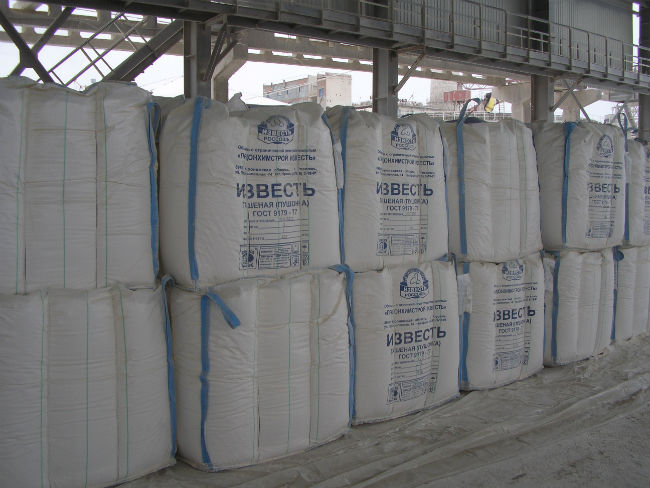
In the absence of a ventilation system, some pipes should be equipped. You can lead the pipe into the wall or ceiling. Another option is to purchase a fan with a supply and exhaust mechanism. A cellar without ventilation is dried using hydrophilic materials:
- Dry sawdust, the scattering of which contributes to a decrease in moisture indicators.
- Hydrated lime, laid out on shelves and along walls, removes moisture and helps to kill fungus.
- Calcium chloride with moisture absorbing properties. For 1.5 liters of water, 1 kg of the substance is required. After calcining the wet composition, you can use it again.
- Dry cardboard boxes used to prevent condensation on the ceiling.
You can also purchase special equipment - a household air dryer.
The cellar after flooding should first be pumped out. And then take everything out. After drying with open doors and hatches, whitewash with lime. After that, already apply the described methods.
Moisture isolation with drainage
When insulation is installed during the construction period, moisture problems disappear. But it happens that moisture still appears. Then methods of external and internal drainage are applied.
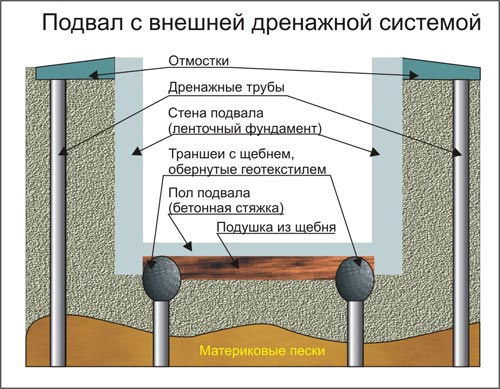
External drainage involves the diversion of water into sewer outlets. Stages of external drainage:
- Digging a trench below the level of the cellar floor by 40-50 cm;
- Wells are made through separate two-meter distances, where tubes are inserted.
- Geotextiles are laid in the trench to prevent flooding.
- Backfilling with gravel or sand trenches, geotextiles are laid on top.
- Compacting the soil over the trench.
Internal drainage is used when draining a large cellar. Stages of drainage:
- Digging trenches indoors with a depth of about half a meter.
- Geoseptic material is laid at the bottom of the trench.
- Trench gravel at a distance of 15-20 cm.
- Laying drainage pipes with a slope of 3 mm per meter of pipe.
- Coating pipes with gravel.
- Laying geotextile material.
- Backfilling trenches with sand or earth.
- Installing the block at the lowest point of the floor. You can buy it or make it yourself, providing a hose for water outlet.
- Equip the well with a pump for pumping water.
Drainage systems are best equipped during the construction of the cellar.
For different cellars when removing moisture, different methods are suitable. You can use a do-it-yourself dehumidifier for the basement, or consider removing excess moisture at the construction stage.

